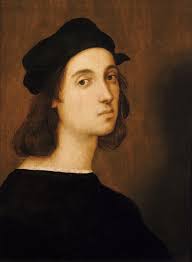Before he turned 30, Rafael Sanzio was already a renowned painter who had risen to stardom in the art world. At the peak of his career, this Italian Renaissance master had been invited by the pope to live in Rome, where he would spend the rest of his days. In 1509, the artist began to decorate the first of four rooms in the Apostolic Palace. Taken together, Raphael's rooms–along with Michelangelo's Sistine Chapel ceiling–exemplify the fresco technique found in some of the most famous works of the High Renaissance.
In particular, the fresco of The School of Athens has come to symbolize the marriage of art, philosophy, and science; a hallmark of the Italian Renaissance. Painted between 1509 and 1511, this work can be found in the first of the four rooms designed by Raphael, the Estancia della Segnatura.
But what does this famous painting mean? Let's see what the iconic The School of Athens represented for Raphael as an artist and how this fresco has become a symbol of the Renaissance. At the time, a commission from the Pope was the pinnacle of any artist's career, and for Raphael, it was the validation of a flourishing career.


.jpg)



